New van registrations rose by 18.2% to 26,570 units in October, while the truck market staged a dramatic comeback, with new registrations rising by 65.7% to 8,457 units, according to the latest figures from the Society of Motor Manufacturers and Traders (SMMT).
On a rolling 12 month basis, new van registrations are up by 19.1% this year, while truck registrations are now 12.1% higher:
UK van and truck registrations: 2014 and % change on 2013
|
October |
% change |
Year-to-date |
% change |
Rolling year |
% change |
| Vans |
26,570 |
18.2% |
268,641 |
18.1% |
312,237 |
19.1% |
| Trucks |
8,457 |
65.7% |
35,842 |
-9.2% |
52,603 |
12.1% |
| Total |
35,027 |
27.0% |
304,483 |
14.1% |
364,840 |
18.0% |
Source: Data courtesy of SMMT
What’s behind the changes?
Van sales have been strong all year, and October’s figures suggest that strength is likely to persist until the end of the year. Underlying economic growth must be one of the factors contributing to this year’s strong performance, but I believe there are others, too, namely:
- Fleet renewals that were delayed during the recession but can not economically be delayed any further
- Strong used van prices and improved finance availability means that buying new may make more sense than buying used; I’ve written at length about the massive increase in used prices over the last two years and the poor availability of nearly-new models — although this situation may be starting to change.
As for trucks, sales have declined steadily this year, following a surge of sales ahead of the introduction of Euro 6 emissions rules. The distortion caused by Euro 6 now seems to be dropping out of the figures, although as Mike Hawes, the SMMT’s chief executive, explains, we should be careful not to read too much into one month’s figures:
“October marks the first month of 2014 in which truck registrations have seen positive growth, given the paucity of demand following the introduction of Euro-6. While encouraging, we should treat such a sharp percentage increase with caution, owing to a relatively small total market and new type approval regulations coming into force at the end of the month.”
I’ll come back to Mr Hawes’ comments about type approval in a second, but first, let’s take a look at how these new registrations break down.
What’s selling, what’s not?
As always, there were significant differences in new registrations across the different segments of the van and truck market.
In the van market, the big volume gains were seen in the 2.0-2.5t and 2.5-3.5t segments, where sales rose by 48.2% and 12.5% respectively. The 2.5-3.5t segment is by far the largest in the LCV sector, and accounted for 15,123 of the 26,570 sales in October.
In the truck market, the differences were even more pronounced — and lend support to Mr Hawes’ comments about reserving judgement on this month’s figures. Here’s why: sales of rigid trucks between 6t and 16t rose by 114% in October, compared to the same month last year, while sales of rigids over 16t rose by a massive 174%!
At the same time, sales of 2-axle artics fell by 14.7% and 3-axle artics (standard for most UK work) rose by a more measured 10.4%.
These figures do suggest to me that there is an underlying reason for the sudden surge in truck sales, which may not be repeated next month: I suspect that the type approval deadline triggered a surge of discounted sales of new trucks which would not have been compliant after the introduction of the new rules.
This is why: rigid trucks typically have bodies supplied and fitted by third parties, and so bodybuilding companies which have failed to get type approval for their products will have been keen to push as many out of the door last month as possible. Similarly, truck buyers may be pre-purchasing rigid truck chassis so that they can evade the type approval registrations by having new bodies fitted post registration (a workaround I’ve discussed previously that’s obviously being pursued by some buyers).
We’ll have to wait until next month to find out, but I’d be very surprised if truck registrations are maintained at this level next month, although the outlook for vans should remain similar — especially with pre-Christmas demand from couriers for 3.5t models likely to be strong.
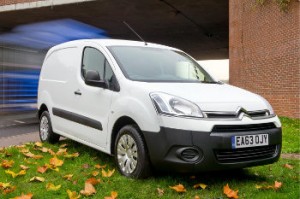 Citroën has announced that subtle modifications to the Berlingo will increase the popular small van’s fuel efficiency, with the changes taking place from November production onwards.
Citroën has announced that subtle modifications to the Berlingo will increase the popular small van’s fuel efficiency, with the changes taking place from November production onwards.
 Used van buyers just can’t get enough decent quality vans to meet demand — that’s the conclusion of Manheim’s head of LCV, Matthew Davock, who says:
Used van buyers just can’t get enough decent quality vans to meet demand — that’s the conclusion of Manheim’s head of LCV, Matthew Davock, who says: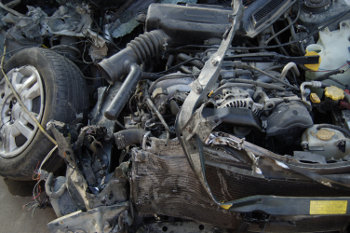 Fifty years ago, the government launched the UK’s first ever anti-drink drive campaign.
Fifty years ago, the government launched the UK’s first ever anti-drink drive campaign.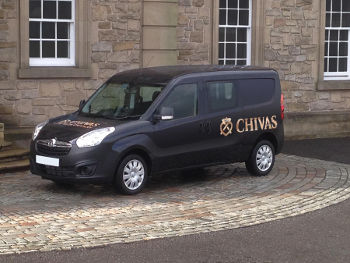
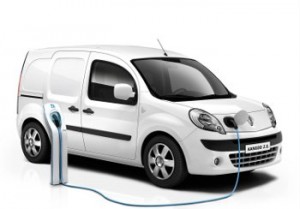 Renault has been one of the most enthusiastic advocates of electric power in the European car and van market, and as you’d expect, the organs of French government have backed this — in this case through France’s state-owned postal service, La Poste, which operates nearly 25,000 means of electric transport out of a total fleet of 69,000 vehicles.
Renault has been one of the most enthusiastic advocates of electric power in the European car and van market, and as you’d expect, the organs of French government have backed this — in this case through France’s state-owned postal service, La Poste, which operates nearly 25,000 means of electric transport out of a total fleet of 69,000 vehicles.
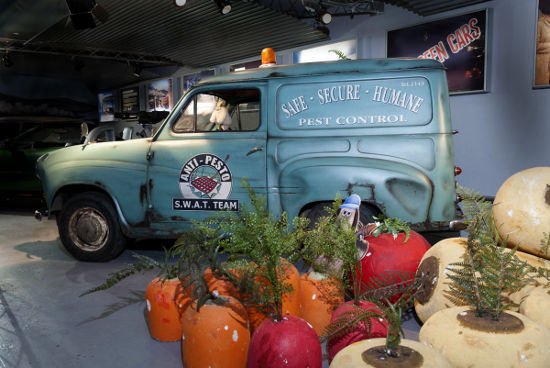
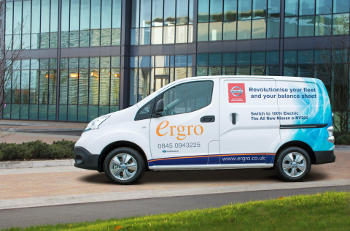 The latest installment in Nissan’s relentless and impressive campaign to promote its e-NV200 electric van is the ‘£2 Challenge’ — providing firms with the chance to see just how little an electric van costs to run on a daily basis.
The latest installment in Nissan’s relentless and impressive campaign to promote its e-NV200 electric van is the ‘£2 Challenge’ — providing firms with the chance to see just how little an electric van costs to run on a daily basis.